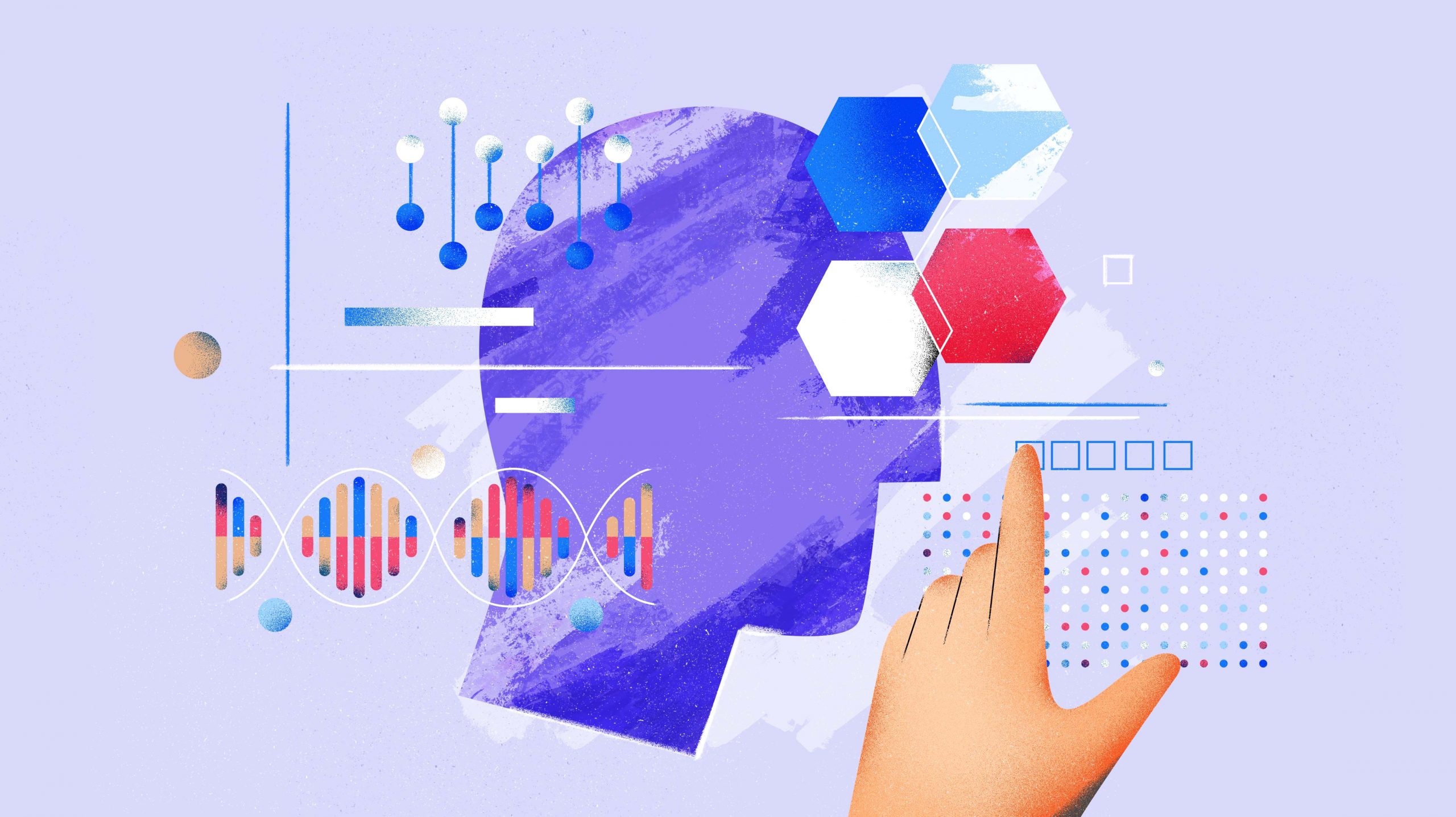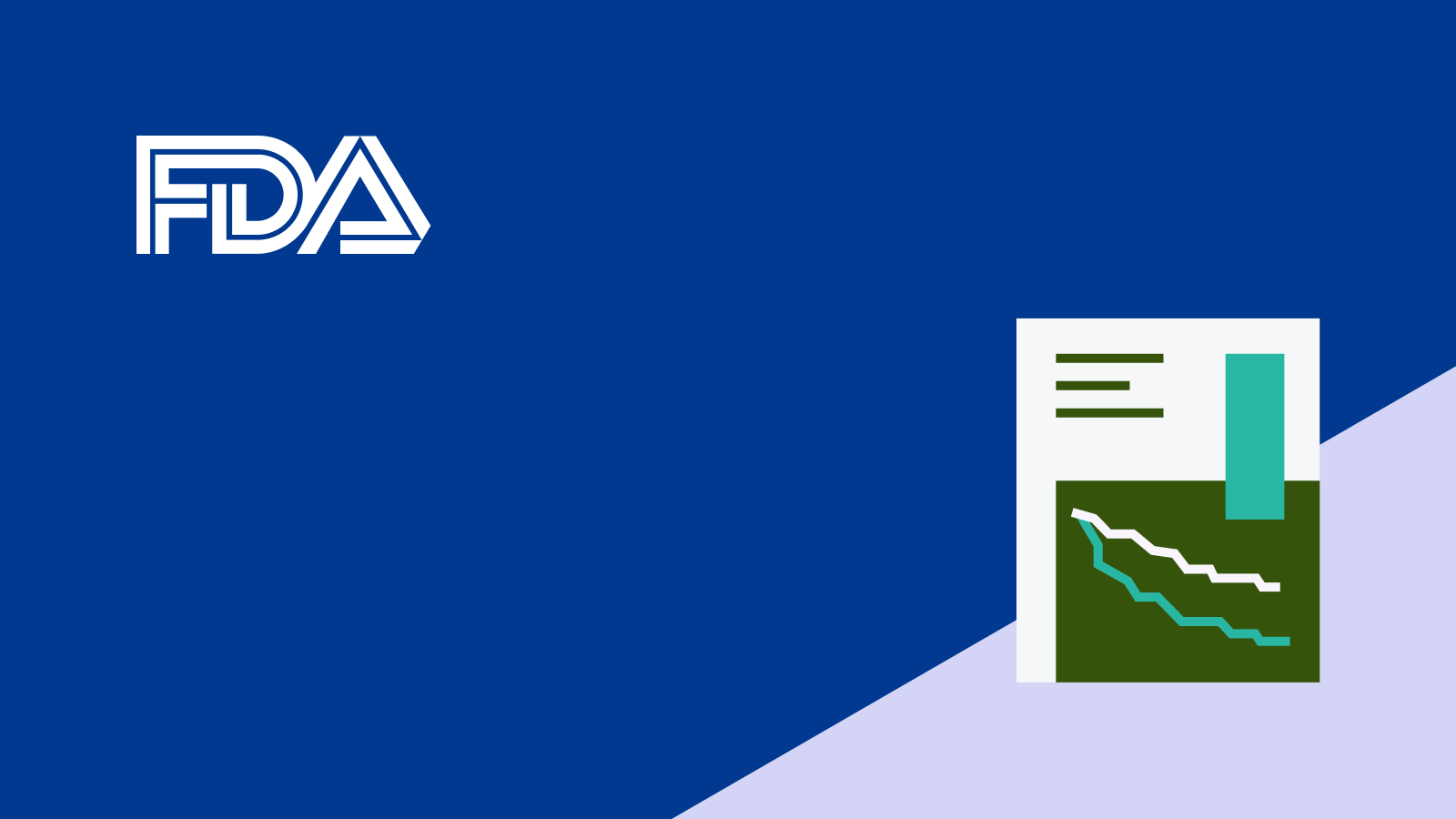Real-world clinico-genomic data is recognized across the healthcare community as a catalyst to spur potentially life-changing advancements in care and has become instrumental in our joint work to improve outcomes for patients with cancer. By analyzing this data, we can zoom in on niche patient populations to answer questions such as how patients with specific genomic signatures respond to a given treatment. This body of work helps us see how comprehensive genomic profiling (CGP) influences treatment decisions and, ultimately, how it impacts treatment outcomes.
The linked, de-identified Flatiron Health-Foundation Medicine Clinico-Genomic Database (CGDB) contains invaluable information from (as of Q2 2021) more than 82,000 cancer patients across all tumor types, including more than 12,500 patients added so far in 2021. In addition to increasing the total number of patient records, we continue to expand the types of data captured. Importantly, this growth is helping the CGDB become more reflective of the broad, diverse population of people with cancer, strengthening our ability to generate clinically relevant insights. For example, a recent study compared the characteristics of patients with advanced non-small cell lung cancer (aNSCLC) in the CGDB to those of patients in two other nationally representative databases ( SEER and Flatiron's NSCLC Enhanced Datamart ) and demonstrated that, as CGP testing has become part of the standard of care in aNSCLC, CGP-tested patients are becoming more reflective of the general aNSCLC population. This increases the generalizability of CGDB findings to a broader, real-world population.
Two studies presented at this year's European Society for Medical Oncology (ESMO) conference used CGDB data, demonstrating its benefit in informing targeted treatment decisions, including for patients with complex genomic signatures such as tumor mutational burden (TMB).
Complex biomarkers like TMB can impact how a patient will respond to certain treatments, so identifying them may help match patients to targeted therapies for their specific cancers, such as immune checkpoint inhibitors (ICI). Many complex biomarkers cannot be evaluated by hotspot tests alone, so CGP is critical in equipping clinicians and patients with the information they need to make informed treatment decisions. Through real-world clinico-genomic studies, the CGDB has helped provide additional data in support of TMB as an actionable biomarker.
The KEYNOTE-158 clinical trial that led to FDA approval of TMB of 10 or more mutations per megabase (mut/Mb) in advanced tumors as a pan-cancer biomarker for ICI use included relatively few patients with breast cancer. With the availability of the de-identified Breast Cancer CGDB, we were able to study real-world characteristics and outcomes of metastatic breast cancer (mBC) patients treated with ICIs to learn more about TMB's predictive value in these patients.
In a study presented at ESMO21, we found that several HR+/HER2- mBC patients with a high TMB (‚â•10 mut/Mb) were on ICI therapy for longer than six months, including some patients with exceptional time on therapy. Results were recapitulated in an independent cohort. This research suggests that ICI may benefit a subset of patients with high TMB.
The Breast Cancer CGDB allowed us to study outcomes in the small population of HR+/HER2- mBC patients with a high TMB to supplement the findings in the clinical trial.
Better understanding the implications of certain biomarkers and genomic signatures on treatment outcomes can also support clinicians' targeted treatment decisions. In patients with aNSCLC, for example, PD-L1 testing is the standard of care and associated with approved ICIs. However, detection of a driver alteration in EGFR , ALK or RET is a contraindication for ICIs.
In a study of patients with PD-L1-positive aNSCLC (‚â•1%) also presented at ESMO, researchers assessed CGP and PD-L1 testing patterns and how these influenced whether patients receive ICI or targeted therapies. Based on the NSCLC CGDB, researchers found 87 percent of patients analyzed started first-line therapy after receipt of both CGP and PD-L1 immunohistochemistry (IHC) test results. These data suggest clinicians usually wait for CGP results to inform treatment selection in aNSCLC patients undergoing tissue CGP after a positive PD-L1 IHC test, despite the IHC result being available a median of seven days prior to CGP.
After receipt of both PD-L1 and driver mutation results, matched targeted therapy was selected preferentially over ICI regimens. This study underscores the importance of using CGP to inform targeted treatment decisions, especially early in the course of treatment.
These studies presented at ESMO21 further build on the value of the CGDB to equip researchers with real-world data to advance our scientific understanding of how genomics impact treatment outcomes. Ideally, the CGDB can help researchers deliver even greater cancer insights and advance precision oncology to benefit even more patients.



